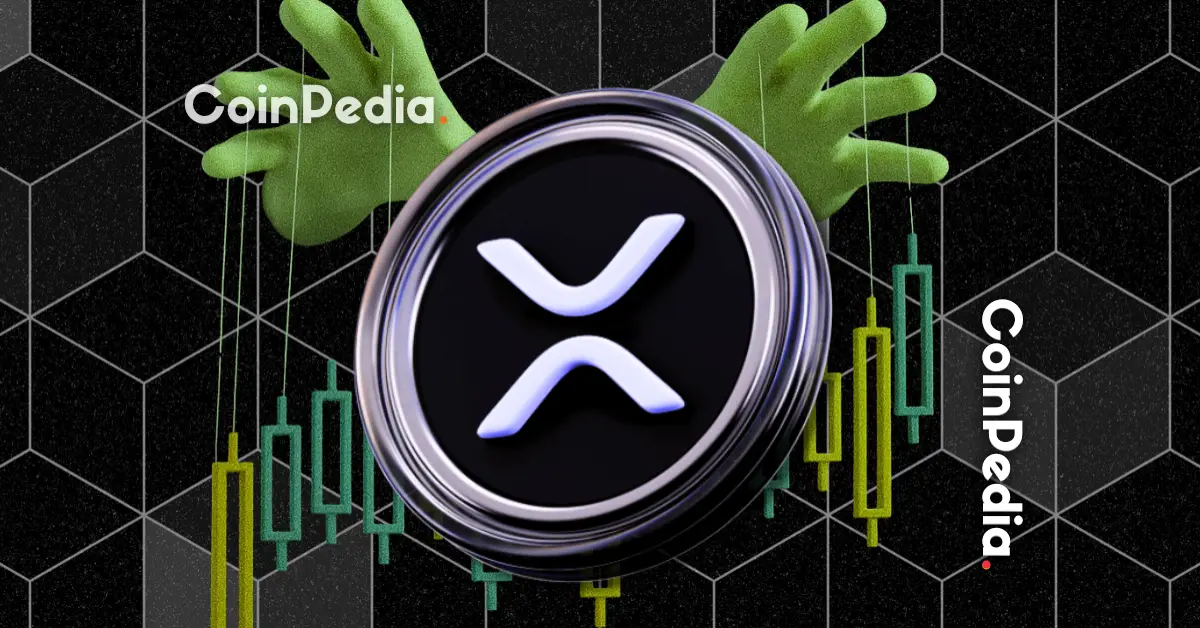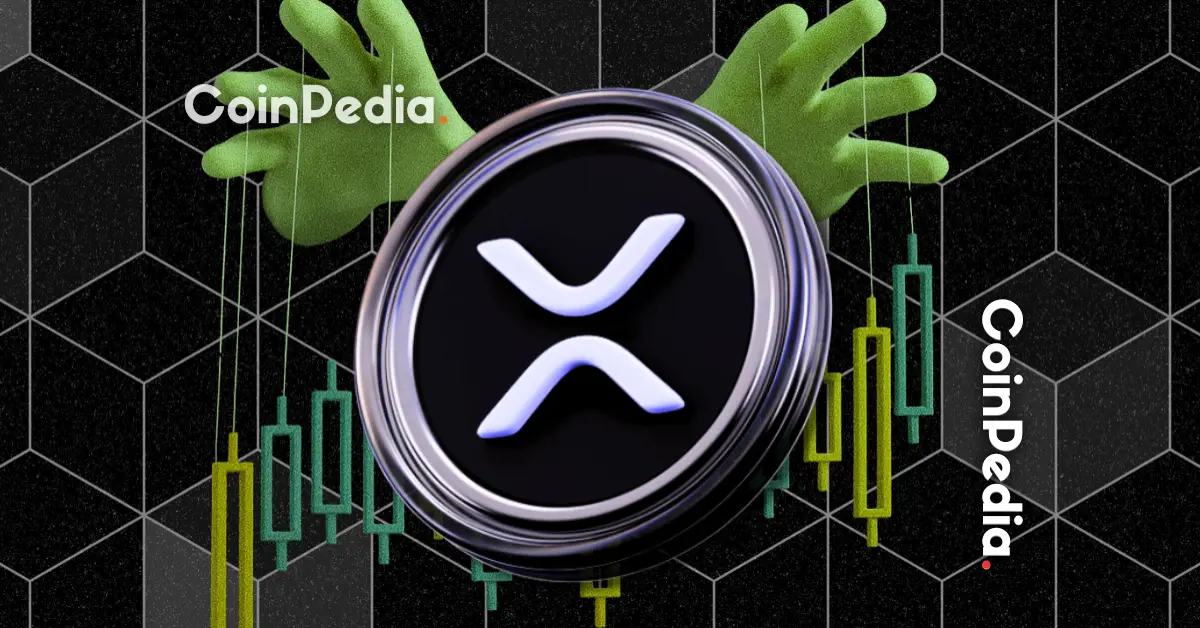Ripple’s XRP has long been a subject of intense scrutiny and speculation within the cryptocurrency sphere. From its unique position as a centralized digital asset facilitating cross-border transactions to its protracted legal battle with the U.S. Securities and Exchange Commission (SEC), XRP’s journey has been anything but dull. Now, with the legal landscape potentially shifting and the prospect of an XRP Exchange Traded Fund (ETF) on the horizon, the future of XRP hangs in the balance. This analysis delves into the key factors shaping XRP’s trajectory, examining the implications of the SEC lawsuit, the potential for ETF approval, and Ripple’s broader strategy for institutional adoption.
The Shadow of the SEC: Legal Limbo and Lingering Uncertainty
The lawsuit filed by the SEC against Ripple Labs in December 2020 has been a significant drag on XRP’s price and overall market sentiment. The SEC alleged that Ripple’s sale of XRP constituted an unregistered securities offering, a claim that Ripple has vehemently denied. While Ripple secured a partial victory in August 2023 when a federal judge ruled that XRP is not a security when traded on secondary markets, the regulatory uncertainty persists.
The recent news of Ripple dropping its appeal bid signals a potential end to this multi-year legal saga. If the SEC withdraws its appeal, as many expect, it would solidify the favorable ruling on XRP programmatic sales, providing much-needed clarity to the market. However, even with the lawsuit potentially resolved, the possibility of the Democrats winning the next Presidential Election and resuming the “war against crypto,” including pursuing fresh lawsuits, looms as a potential threat.
The outcome of the SEC case has profound implications for XRP. A decisive victory for Ripple could pave the way for institutional sales and wider adoption, while a negative ruling could further restrict its accessibility and hinder its growth potential. The SEC’s recent delay in making a decision on Franklin Templeton’s spot XRP ETF serves as a reminder that the path to ETF approval may not be smooth. The SEC is evaluating whether a proposed XRP ETF by WisdomTree offers enough investor protection and safeguards against manipulation.
ETF Dreams: A Gateway to Institutional Investment
The approval of Bitcoin and Ethereum ETFs has ignited hopes for an XRP ETF, which many believe could be a game-changer for the digital asset. An XRP ETF would provide institutional investors with a regulated and convenient way to gain exposure to XRP without directly holding the underlying asset. This could unlock a significant influx of capital, potentially driving up XRP’s price and legitimizing it on Wall Street.
Several companies, including Franklin Templeton, have expressed interest in launching an XRP ETF. However, the SEC’s stance on XRP remains a key hurdle. The regulatory uncertainty surrounding XRP’s status as a security makes the ETF approval process more complex compared to Bitcoin or Ethereum ETFs.
Polymarket currently puts the odds of a 2025 XRP-spot ETF approval at 88%, indicating growing optimism in the market. The recent SEC approval of Grayscale’s Digital Large Cap Fund conversion into an ETF, which includes XRP exposure, further fuels this optimism. However, the SEC’s recent delay in making a decision on Franklin Templeton’s spot XRP ETF serves as a reminder that the path to ETF approval may not be smooth. The SEC is evaluating whether a proposed XRP ETF by WisdomTree offers enough investor protection and safeguards against manipulation.
Ripple’s Strategy: Beyond Speculation, Building Utility
While the legal battle and ETF prospects dominate the headlines, Ripple has been actively focused on expanding the real-world utility of XRP and the XRP Ledger (XRPL). Ripple’s core business revolves around providing cross-border payment solutions to financial institutions using XRP as a bridge currency. This allows for faster and cheaper international transactions compared to traditional methods.
Ripple is also pursuing a national bank charter, which would further legitimize its operations and enable it to offer a wider range of financial services. In addition, Ripple is actively promoting the development of decentralized applications (dApps) on the XRPL, expanding its ecosystem and attracting new users.
Ripple’s push into traditional finance and its focus on building real-world utility are crucial for its long-term success. By demonstrating the practical benefits of XRP and the XRPL, Ripple can attract institutional adoption and establish itself as a key player in the global financial landscape.
Price Predictions: Riding the Waves of Optimism
Predicting the future price of any cryptocurrency is inherently risky, but analysts have offered various price targets for XRP based on different scenarios.
Bullish Scenario: If the SEC case is resolved favorably, and an XRP ETF is approved, the price of XRP could surge significantly. Some forecasts suggest that XRP could reach $3-$5 in 2025 if market momentum and ETF demand increase. By 2030, some predict XRP could reach $10 or more, depending on adoption, regulations, and utility growth.
Neutral Scenario: If the legal uncertainty persists, and ETF approval is delayed, XRP’s price may remain range-bound. However, Ripple’s continued efforts to build utility and expand its ecosystem could provide support for the price.
Bearish Scenario: If the SEC wins its case against Ripple, or if regulatory headwinds intensify, XRP’s price could decline.
Conclusion: A Crossroads for XRP
XRP stands at a crucial juncture. The resolution of the SEC lawsuit and the potential approval of an XRP ETF are the two key catalysts that could determine its future. While legal and regulatory uncertainties remain, Ripple’s focus on building real-world utility and expanding its institutional partnerships positions it for long-term growth. Whether XRP will soar to new heights or remain tethered to its past challenges remains to be seen, but its journey is undoubtedly one to watch closely.












